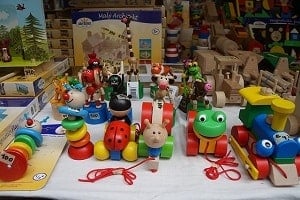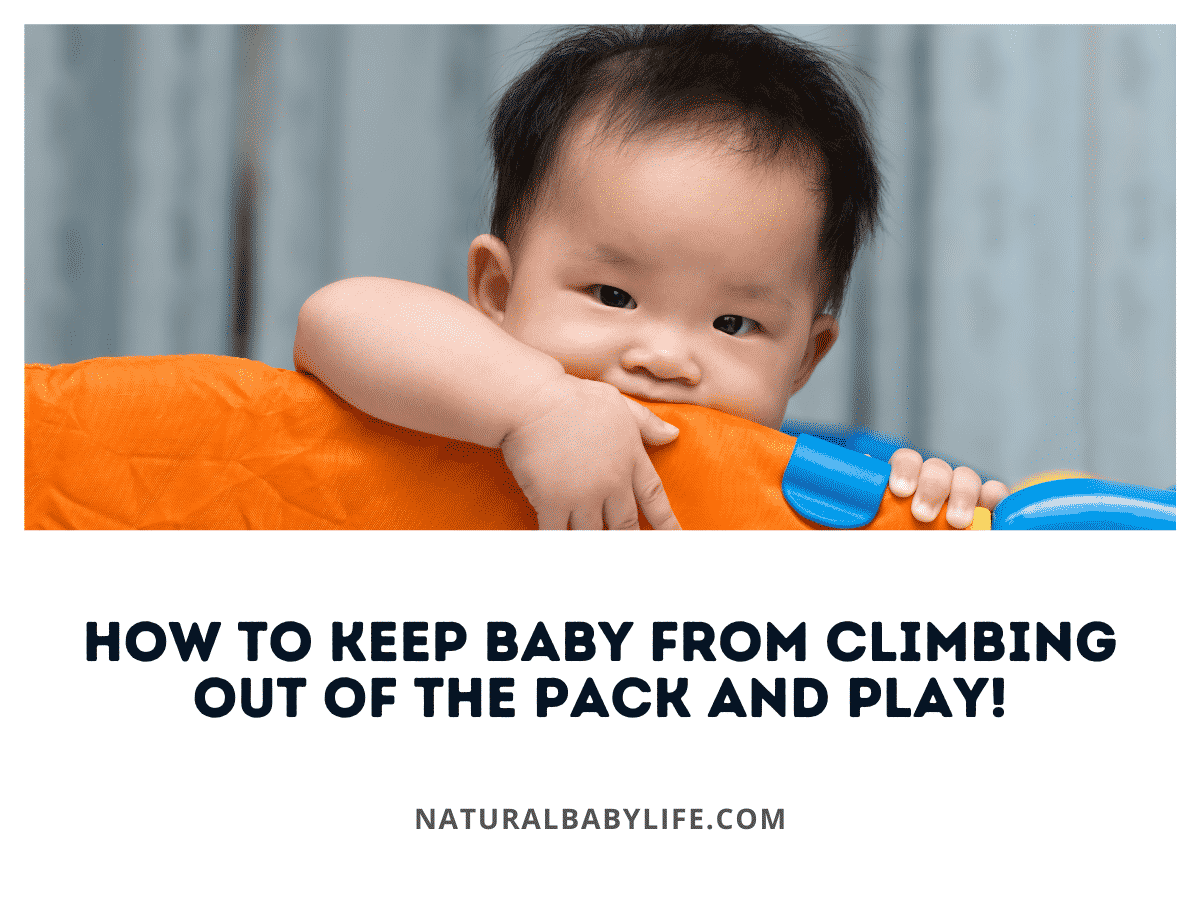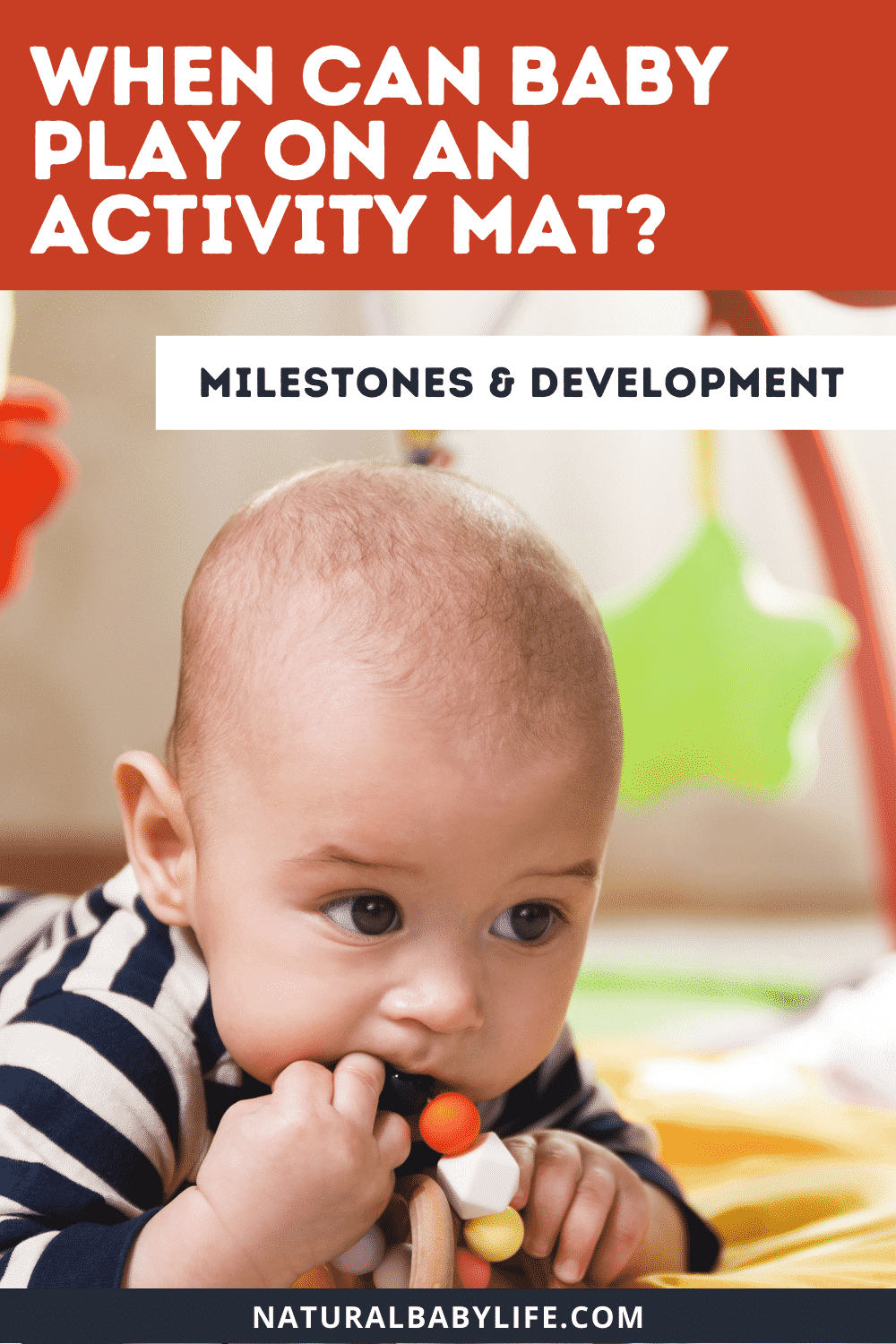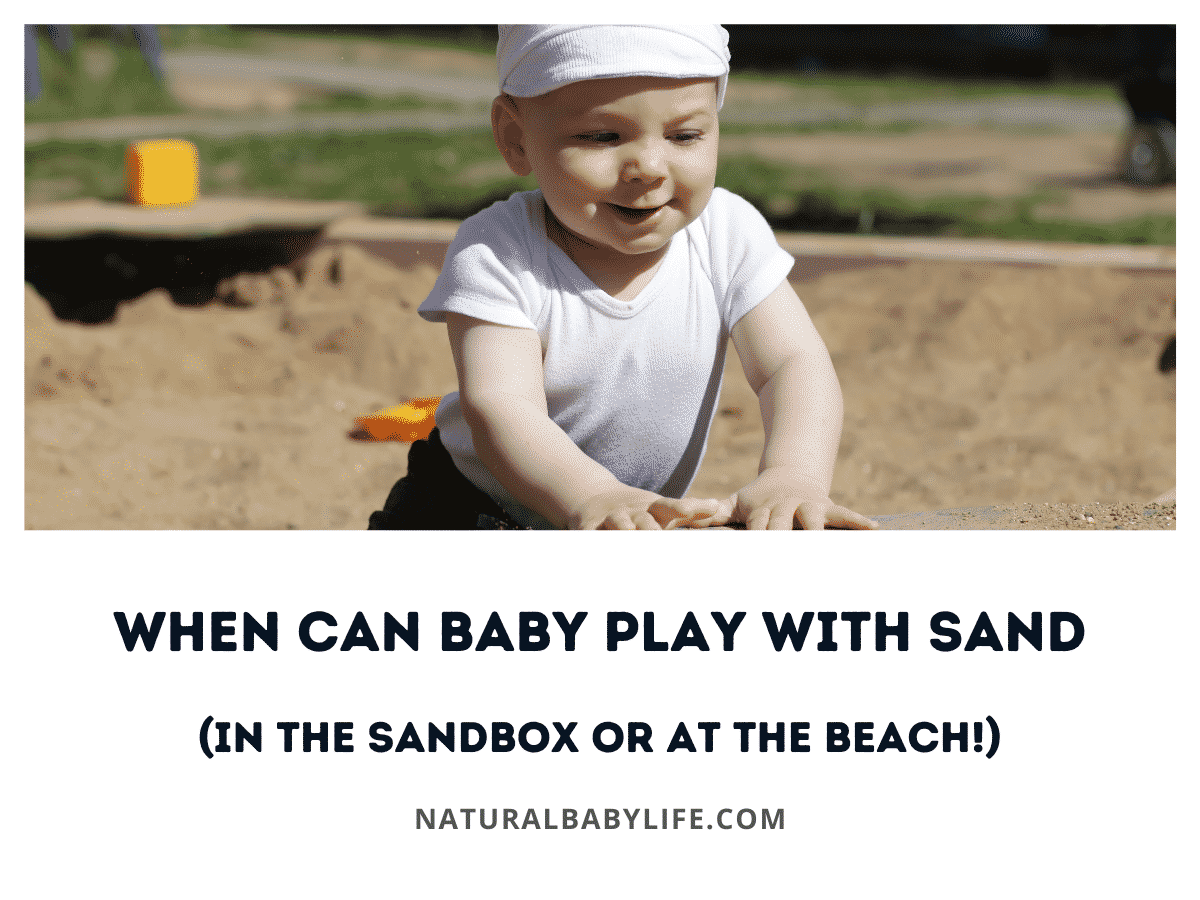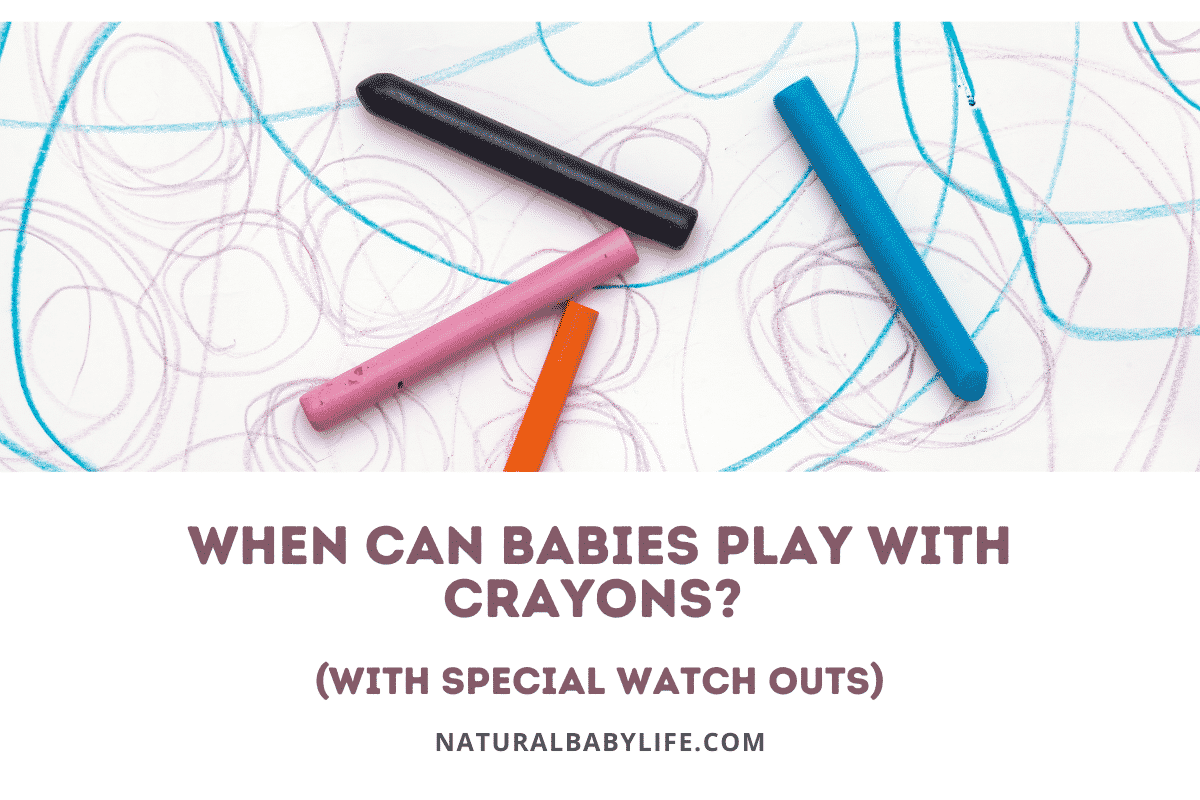On top of everything else a parent has to worry about, how to clean baby toys and how often to do so is just one more thing on the list to do on days when time is already at a premium. With that in mind, we need to figure out the best ways to tackle the job so that your baby can get back to playing and you can try to take a nap!
How you clean your baby toys will depend on what kind of material it is made from (plastic, wood, silicone, cloth) and the size of the toy. Vinegar, rubbing alcohol, soapy water, hydrogen peroxide, bleach, or even tossing the toys into the dishwasher could all be good options that are safe for your family. While toys only need to be cleaned if they are dirty, special care should be taken when they have been handled by a sick child.
Most new parents go into cleaning overdrive when they bring a new baby home from the hospital in an effort to protect them from germs. All the germs. In reality, cleaning baby toys doesn’t have to be a constant struggle and there are simple and effective ways to get the job done. Let’s explore all the different options and recommendations for the different toys you may have!
Table of Contents
How often should you clean baby toys?
Man oh man does baby stuff get dirty.
Of course, babies primarily ‘play’ with toys by putting them in their mouths and drooling on them and they think they are being very helpful when they ‘put their toys up’ in the potty.
What?
Your kids have never put their toys in the potty? You are a liar.
Anyway, the question of how often to clean toys comes up often and the truth is that there is no clear cut answer to this question other than toys should be cleaned when they are dirty or when there is a risk of spreading bacteria or virii.
This usually means toys should be cleaned when there is visible dirt, they have been put inside a child’s mouth during that day, or when a sick child has played with the toys. If you aren’t sure whether or not something should be cleaned, however, just clean it and feel better about it.
In general, we clean:
- Bath toys and water toys – Briefly after every use with soap and water, making sure that they are able to dry out completely between uses. About once per week we’ll bleach these toys and let them dry completely, making sure to get the bleach INSIDE the toys if possible.
- Teething toys and frequently chewed objects – Between once per day and once every few days.
- General toys like trucks and blocks – Once a month unless there is a specific reason like a spill or the toys were handled by a sick playmate or sibling.
- Plush or stuffed animals – As needed when something is spilled on them or they get dirty outside. If your child has a particular stuffed animal that they ALWAYS carry around, you probably want to clean it more often.
Kids are always finding new ways to get something dirty and being proactive is never a bad thing. Also, just because they haven’t put the toy in their mouth doesn’t mean that they haven’t slobbered on their hands and then played with the toy so it’s probably not a bad idea to assume that 100% of your home has been exposed to baby slobber at any given time!
Don’t forget that all germs aren’t necessarily bad and there are many different kinds of bacteria that are actually beneficial for a baby to be exposed to because it can help build their immune system safely over time.
What’s the difference between cleaning and sanitizing baby toys?
Before we get too down and dirty, I just want to point out that cleaning and sanitizing are technically two different things and you might want to do one or the other, or both, depending on the situation at hand.
- Cleaning involves physically removing the germs from whatever you are cleaning by lifting them up from the surface and washing them away. When you are spraying off dirt and grime from a toy, this is what you are doing.
- Sanitizing involves killing germs on objects either by using heat, chemicals, or anything that prevents the bacteria and viruses from reproducing and spreading.
In general, you will want to clean a baby toy before you try to sanitize it because many sanitizing agents don’t do a great job of cleaning. Of course, something like a dishwasher is meant to do both things very well so it really just comes down to which method you want to or can get away with using!
Different methods for cleaning baby toys
Depending on your preference and what you’ll be cleaning, you probably have a lot of options.
In my house, we tend to lean towards more natural solutions and we actively avoid chemical cleaners and disinfectants whenever possible. We do, however, keep things like bleach around for situations in which there just isn’t a substitute in my mind such as cleaning up after a sick child that is vomiting or otherwise spreading germs around.
Boiling works for some kinds of toys
Although this might not be the first thing that comes to mind, boiling is a great option for situations where you want to sanitize a bunch of toys that aren’t necessarily dirty. Check the package to be sure that the toys you want to clean won’t melt in the water, but some things (like teethers) may actually recommend that you use this method.
Boiling water gets up past 200 degrees and no bacteria or other germs are going to be able to survive that environment for long. It’s also a relatively passive way to sanitize toys other than having to keep an eye on the pot to avoid boil overs.
To boil small baby toys:
- Get a large pot and fill it halfway with hot water from the sink (so it boils faster)
- I like to put a colander or other basket inside the pot so that the toys aren’t sitting right on the bottom of the pot, potentially melting with the higher heat during the boil.
- Boil for at least a few minutes straight to ensure all germs have been killed in the cracks and crevices
- Let the toys dry and most importantly COOL before putting them back into use
Vinegar is almost always a solid option
If you are looking for the most natural option, cleaning your baby toys with vinegar is it!
Vinegar is just the common name for acetic acid which is a natural degreaser, deodorizer, and disinfectant when used properly. I should point out, however, that it is not technically labeled as a disinfectant by the EPA because your standard variety of vinegar on the grocery store shelf is about a 5% concentration with the rest being water. This will leave behind about 20% of the germs on whatever you are cleaning with it, on average.
If you want to get serious about using vinegar as a cleaning product, you should look into buying some of the higher concentrations that have been produced just for cleaning and other household tasks besides cooking. Here is an example of a 30% vinegar solution (check the latest reviews on Amazon) that will go much further with getting rid of germs. No matter the concentration, you’ll get some since grease-cutting power for situations where your baby has covered their toys in the spaghetti they ate for dinner!
To use vinegar:
- Load the vinegar solution into a spray bottle, using gloves and other protection as necessary with higher concentrations of vinegar.
- Spritz the toys down and let them sit for about 15 minutes to disinfect.
- Wipe or rinse away the remaining vinegar! Many people fail to do this and then complain about discoloration, vinegar smells, and other issues. Vinegar is NOT meant to be left on many different surfaces and doesn’t evaporate away the same way that some other things will.
Is rubbing alcohol safe for cleaning baby toys?
While rubbing alcohol (isopropyl alcohol) is useful in many situations, it’s probably not the safest option for cleaning baby toys.
The problem is that isopropyl alcohol is toxic to the body when ingested or inhaled and can even be absorbed through the skin. Since this kind of alcohol can leave a residue on the thing that you clean with it, such as a baby’s teething toys, there is a good chance that your baby will end up getting some of this in their mouth at some point. Although the risk is relatively minor, there are probably better options.
If you want to clean with rubbing alcohol, be sure that you do so in a well-ventilated area, or even outside, and take special care not to inhale the fumes.
A potentially controversial alternative to using rubbing alcohol for cleaning is good, old-fashioned vodka.
Vodka is fundamentally much different than rubbing alcohol because it is ethyl alcohol and not isopropyl alcohol. Obviously, you aren’t going to go around giving your baby vodka to drink, but this kind of alcohol is safer for human consumption and will evaporate completely in a short period of time. It is a natural deodorizer, sanitizer, won’t damage fabrics or other materials, and leaves no smell behind.
If you want to use vodka:
- Load some up into a spray bottle (clearly labeled!)
- Clean the toy beforehand if it is soiled, stained, or greasy because vodka won’t handle cleaning jobs very well
- Spritz onto whatever you need to sanitize and let dry/evaporate for a few minutes
- Lock up the vodka bottle the same way you would other cleaning supplies – out of the reach of children (and teenagers!)
Good old soap and water
When it comes to general cleaning, nothing really beats good old soap and water. Provided that you are using a high-quality, natural soap like Dr. Bronner’s pure castile soap (check reviews and buy on Amazon) you won’t have to worry much about added toxic chemical cleaners into the mix.
Soap and water will do a great job cutting grease, removing dirt, and otherwise cleaning a baby toy that has been soiled. Studies have shown that soap and water can actually wash away almost all germs and bacteria as well even if the soap isn’t necessarily a disinfectant on its own, meaning that you won’t have to take the extra step towards sanitizing the toys unless there is a serious threat of illness-causing bacteria like staph or e.coli present in the house from another sick child or family member.
To use soap and water:
- Mix about 1/4 of a cup of the liquid castile soap with 1 quart of water in a spray bottle
- We use the unscented version of Dr. Bronner’s because we like to add our own essential oils, but this brand uses essential oils for their scents as well so you won’t have to worry much about picking up the scented versions. Our favorite addition is 10 drops of lemon or orange!
- Spray items down and wipe with a cloth or pour some into a bowl to soak into a washcloth and scrub as needed.
- Seriously dirty toys can be placed into a bowl of the solution to soak for a while before scrubbing.
- Rinse the toys off and let dry.
Using hydrogen peroxide as a cleaner
Hydrogen peroxide is often used in hospitals as a general purpose disinfectant and it’s traditionally been used to clean wounds for many years so baby toys shouldn’t be a big deal, right?
Well, the good news is that hydrogen peroxide will do a great job sanitizing or otherwise disinfecting baby toys, but the bad news is that it won’t do much for the actual cleaning part of the job. Also, if you are cleaning up mold it will kill the bacteria, but it won’t get rid of the mold stain. Another problem is that you should probably rinse off any residue that is left behind after the hydrogen peroxide does its job, especially if it’s on something that will get put into your baby’s mouth at some point (so basically everything).
Your best bet for working hydrogen peroxide into your baby toy cleaning regimen is to incorporate it when cleaning actual toys like trucks, blocks, and other things like that that are less likely to be put in their mouth. It’s also pretty easy to rinse these things off, if necessary.
Note: DO NOT MIX HYDROGEN PEROXIDE WITH VINEGAR to try and create a super cleaner. You’ll just end up making peracetic acid which is much more irritating to the skin and eyes than either ingredient used separately and won’t clean baby toys any better.
To use hydrogen peroxide:
- Add full-strength hydrogen peroxide to a spray bottle or dab onto a washcloth.
- Spray or wipe onto baby toys that need to be sanitized or disinfected.
- Rinse as needed.
Cleaning baby toys in the dishwasher
Although it’s not exactly the most elegant solution, throwing certain toys into the dishwasher could be a viable strategy depending on what you’re dealing with.
The benefit of using the dishwasher is obviously the convenience – you just throw it in, set it, and forget it until it’s done. Most machines have a hot sanitizer setting as well that will ensure everything comes out nice and clean without harmful bacteria to spread back around the play area.
The biggest downside to using the dishwasher is that you’ll need to be very conscious about what you are putting in there. For anyone that has even put a non-dishwasher safe plate into the machine only to have to pick out melted pieces of plastic later, you already know what I mean. Certain plastic and rubber toys just can’t stand the heat. Wooden toys, meanwhile, will likely be a disaster as well because of all the water. Be very careful to check the packaging, label, and your common sense before adding a toy to the dishwasher!
Another downside to using the dishwasher is that most of the common ‘ready to use’ detergents are not very natural or baby-friendly in general. If you are making your own already, then you might not have to worry about this so much. If you aren’t, check out this great recipe from Wellness Mama:
Ingredients:
- 2 parts borax
- 2 parts washing soda
- 1 part citric acid
- 1 part salt
- essential oils for scent (completely optional and probably not necessary)
Instructions:
- Combine all ingredients and store in an airtight container.
- Use 1 tablespoon per load as needed.
- For an extra boost, add a few drops of dishwashing liquid (only a few!!!) to the powder before closing the soap container in the dishwasher. Any more than a few drops and you’ll have suds out on the floor in no time!
- You can also add white vinegar as the rinse agent, though honestly, I forget this most of the time and it still works.
If you don’t want to mess with making your own DIY natural dishwashing detergent, you could also pick up a ready-made option like the one from Seventh Generation (check reviews and buy on Amazon) to save yourself some headache. It’s available in a liquid as well, making it even easier!
Cleaning baby toys with bleach
Using bleach products and things like Clorox wipes is usually an option that we only use in my house for the dirtiest and germiest messes because, frankly, it’s overkill most jobs.
With everyday cleaning, your average soap and water combo will get things nice and clean with a good amount of disinfecting at the same time. When kids are sick or we’ve been around sick people outside the house, however, then we’ll go into overdrive cleaning mode and bleach all of the things and places that are most likely to spread the disease: toilets, sinks, handles, doorknobs, remotes, etc.
Typically, the only time we would use bleach on baby toys that isn’t related to illness is bath toys. Since bath toys are usually played with in the water and often left sitting in the water afterward, there is a tendency to let mold develop, especially inside the toys where it is difficult to dry. With that in mind, we usually find ourselves soaking the whole lot in a bleach solution once a week or so to avoid buildup. Be sure to let the toys dry and get all of the bleach out of the inside of the toy!
To use bleach:
- Load up DILUTED bleach into a spray bottle (check your package of bleach for directions – most people tend to use more than they need)
- Put the toys you’ll be cleaning in the sink or somewhere else where you can contain the bleach.
- Spray the toys down and let them sit for about 15 minutes.
- We always give them a quick rinse after this
- Let the toys sit out to dry completely before they go back into service.
- I usually give them a sniff test before we use them again to make sure I don’t smell bleach!
Alternatively, you can put the diluted solution into a bowl and simply soak toys in it for 15 minutes. This works great for small, hard to clean toys or if you have a really dirty situation.
How to clean different baby toy materials
Now that we’ve gone through most of the methods and products that we can use to clean baby toys, we can talk about which of them will be best suited for the different kinds of toys that you have in your house.
Many materials will have multiple options to choose from, but you certainly don’t want to run around putting bleach on something like a stuffed animal. That’s going to be a tough conversation with your child when they see the results!
Note that I often recommend drying your toys after cleaning before you put them back into use. This helps ensure that there won’t be any cleaning product left behind and that you aren’t storing them in places where they can stay moist or wet when not in use, contributing to mold accumulation. A great drying tip for ANY toy is to let them sit outside in the sun for a while to dry. Not only will this help them dry quickly, but the sun also has some antibacterial properties which can help if you are cleaning with vinegar or another product that isn’t guaranteed to kill 99.9% of germs!
How to clean absorbent baby toys like plushes or dolls
We’ll start with potential the most difficult baby toy to wash – the plush or stuffed toy. These are tough because they can be made with a variety of different fabrics and stuffing and anything you put on them is likely going to seep right through the material and get inside.
The first step is to check the label. If you are lucky, it will tell you how to clean these baby toys and you’ll be able to just throw them into the washer and not have to worry about the details other than what the instructions say to do. Unfortunately, any toy that has electronic components like a music box or lights won’t be able to go this route! Likewise, toys stuffed with foam balls or squares instead of a fabric batting probably won’t hold up either!
To clean in the washer, in general:
- Set your machine to the delicate cycle to avoid rough tumbling that could break apart or tear the toy.
- Avoid the hot water setting in case there are any glues or other adhesives holding the toy together – these could melt!
- For extra special or delicate toys, consider using a mesh delicates bag to avoid snagging.
- In most cases, you’ll need to avoid the dryer and air dry the toy to avoid the high heat.
How to clean baby toys that can’t be washed in the washer
If you can’t throw the stuffed toy into the washer, but it can get wet, the next best method is to soak it in a tub or sink full of soapy water. Gently work the toy with your fingers to loosen debris and dirt and make sure that the cleaning solution gets inside the toy, especially if it got dirty because of a spill or urine-related incident!
For the most delicate things or in situations where submerging the toy isn’t an option, you’ll have to resort to spot cleaning with soap and water. Dab some of the solution on a washcloth and gently wipe the dirt or stain until it comes as clean as it will come using this method.
Cleaning wooden baby toys (including bamboo)
The biggest factor to consider when cleaning wooden baby toys, or any wood for that matter, is that they shouldn’t be submerged or soaked in water during cleaning! All wood is porous to some degree and even the densest examples are going to soak up water pretty easily which could cause them to swell or otherwise warp their shape. With this in mind, we’ll have to settle for other options!
To clean wooden toys:
- Mix up a soap and water, vinegar, or other non-toxic cleaning solution diluted to the proper concentration
- Spray a small amount on the toy and wipe with a washcloth
- Air dry thoroughly.
For certain toys, especially high-quality wooden toys that are meant to be decorative as well, you might also want to consider some kind of moisturizing oil to keep them looking nice and shiny. Olive oil and beeswax polish are both solid options!
Cleaning plastic baby toys
The good news is that plastic baby toys can pretty much be cleaned however you want to – unless they will melt in the dishwasher!
With that in mind, I would recommend using whatever makes the most sense for the situation:
- General dirt and grim – soap and water or throwing in the dishwasher
- Stains – Vinegar or bleach
- General sanitizing – a spritz of vodka or boiling when appropriate
- Serious sanitizing – soaking or spraying down with bleach or throwing in the dishwasher
Cleaning silicone baby toys
Perhaps even more so than plastic, silicone is super easy to clean and very resilient to damage in general. Most teething rings are made from silicone and you’ll probably find lots of bath toys included in this list as well. Both of these items are on my frequently cleaned list so let’s check out how to clean baby toys in this category.
To clean silicone baby toys:
- General dirt and grim – soap and water or throwing in the dishwasher
- Stains – Vinegar or bleach
- General sanitizing – a spritz of vodka or boiling when appropriate
- Serious sanitizing – soaking or spraying down with bleach, throwing in the dishwasher, or boiling
Don’t get discouraged trying to keep all of your baby toys clean!
We’ve covered a lot of ground and I hope that this resource has been helpful for you. Hopefully, if you’ve made it this far it doesn’t mean that you weren’t able to find the information you were looking for today!
It’s easy to feel overwhelmed as a parent, but remember that it’s impossible to get everything 100% “clean” much keep it there all the time.
Focus on cleaning baby toys where it is needed the most – visible dirt and in cases where the spread of illness is likely. For the rest, get to it when you can and spend more time playing with your sweet little babies and watching them grow!

